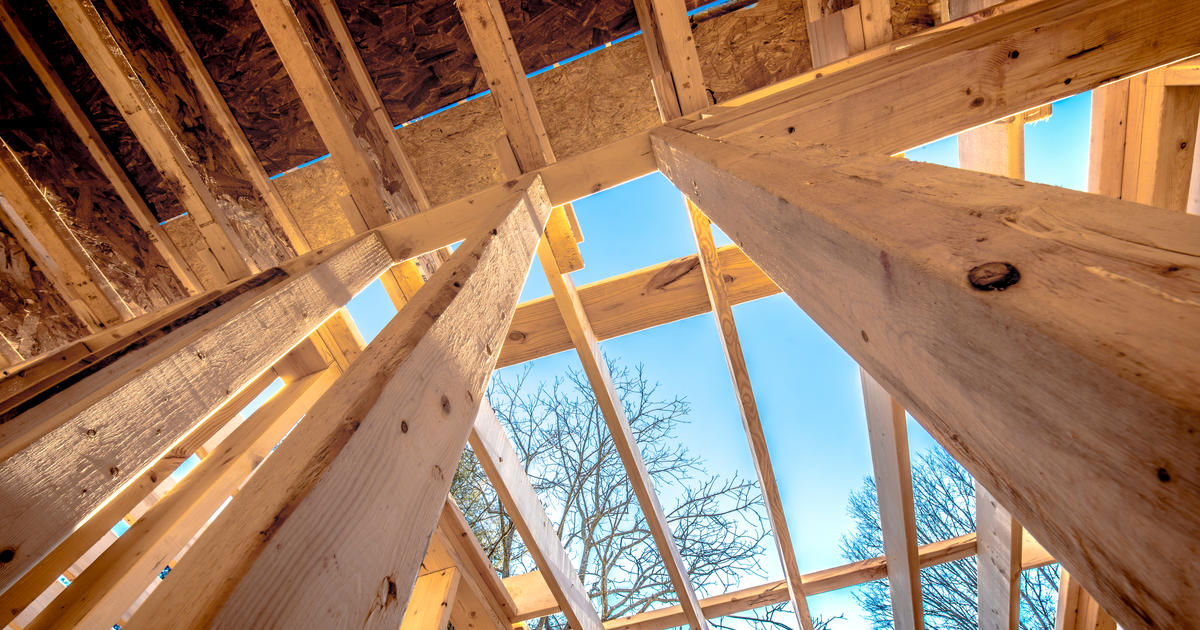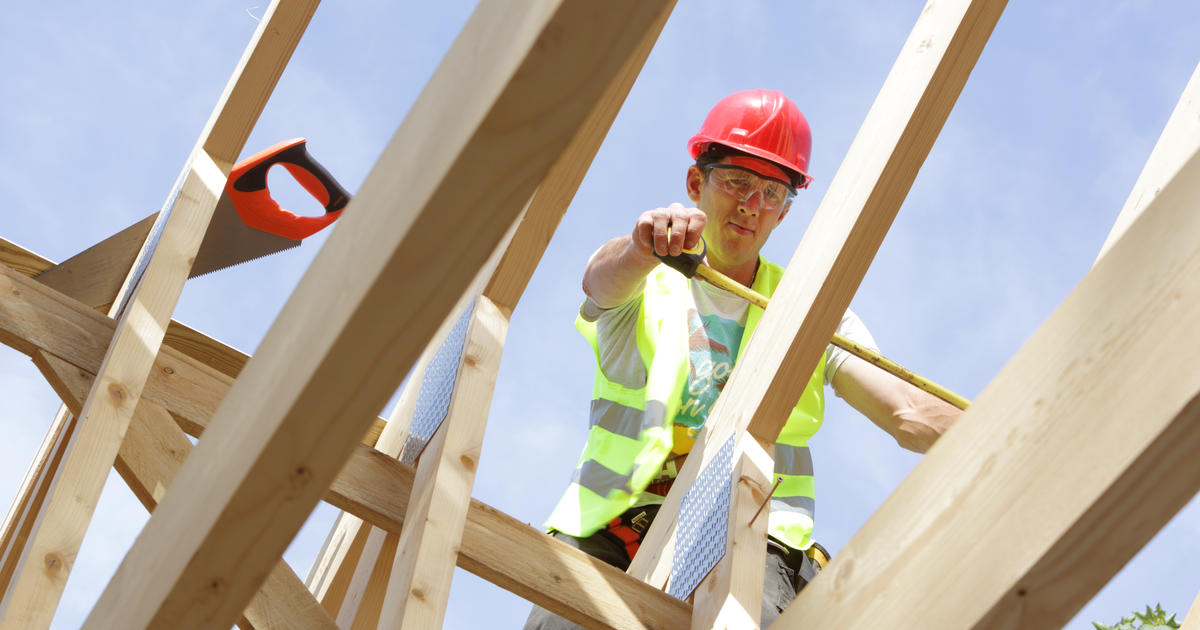House sales have slowed dramatically in many countries, so housebuilders are wrestling with what they need to do to ensure their future success. As countries come out of lockdown house sales volumes will start to pick up but will they recover to pre-COVID-19 levels?
We have also seen house prices drop since the COVID-19 crisis started so the next question is—will they recover or are we going to see them fall further, or even crash?
What can housebuilders do to manage this disruption and uncertainty?
Uncertain Housing Market
Governments are doing everything they can to stimulate the market by lowering interest rates and in some cases, like the UK, reducing taxes on buying houses. The impact of these changes is unpredictable.
Potential house buyers also are nervous about making big commitments and taking on loans alongside concerns about employment security and the risk that house prices may fall soon.
On the positive side, there is a global shortage of housing so there is a need, in most countries, to build more houses—and build them faster.
This housing shortage is heavily skewed to the lower price bands so affordable housing is the big issue in many countries. This has driven an acceleration of the “Build to Rent” market in countries like the UK. Incomes have grown at a much slower rate than house prices in the last 10 years, so even before the COVID-19 crisis many countries were seeing pressure on prices and the market was overdue a correction. There is certainly a strong likelihood that housebuilder margins will be squeezed in the short/medium term and that future market conditions will not be as favourable as they were over the last 10 years.
The truth is that no one knows what will happen to the market over the next few months and years. As a result, housebuilders need to be agile and able to change direction very quickly. The good news is that many housebuilders have made large profits over the last few years—so they are in a strong position to be able use this cash now to invest in making their businesses future proof.

Labour Shortage, Productivity and Build Quality
The construction industry has been facing a major skills shortage in many countries. The industry struggles to attract the younger generation into the workforce and as a result there is an aging workforce issue—which continues to grow. Key labour shortage impacts are:
- Increased labour rates—which drives companies to employ more unskilled and/or inexperienced people.
- These unskilled/inexperienced people will be much less productive.
- The impact is construction costs go up and quality goes down.
- It also constrains the capacity of the industry to build more homes.
In the short-term, as housing demand has slowed because of the COVID-19 crisis, some homebuilders and sub-contractors have chosen to cut their headcount, but that type of action could be a mistake as they may not be able to rehire these skilled resources in a few months, when demand returns, leaving them with an even deeper labour shortage. How will we build more homes if the labour capacity is not available?
Poor quality—in the form of large numbers of defects—is damaging many housebuilder’s brand reputation. In turn this has a huge impact on costs as large amounts are being spent on correction work—which in turn makes the labour shortage even worse. Across the construction industry as a whole, organisational and human performance consultant Peter Furst says costs resulting from poor craftsmanship are as high as 12 percent of total project cost, and consume 11 percent of total project hours.
When we talk about productivity there is a tendency to focus on the site-based construction processes and trades, but it is also critical that management tasks and processes are executed in an efficient way. There is usually a productivity and project control issue here as well. Most housebuilders are running their business with dated non-integrated business systems and, as a result, Excel spreadsheets are overused. This not only results in poor productivity but also adds project risk as the management information that is used to make decisions about the project is usually inaccurate, slow to produce and open to manipulation. The result is that C-level executives do not have strong robust oversight and governance. Examples of functions affected by this include house sales, project management, project accounting, quantity surveying, project cost control, planning, site management, risk management, aftercare etc.

Offsite and Modular Construction
Many believe the solution to low productivity, the skills shortage and poor quality can only be solved by moving to an offsite and modular construction model. This means building homes, modules or components in a manufacturing facility and then shipping them to the construction site to be assembled. This trend is starting to really gather pace and we are seeing many new modular and offsite manufacturing plants being built.
Interestingly we are seeing a wide range of organizations investing in these manufacturing plants, including:
- Government organisation (councils, housing associations etc.) investing in house building factories.
- In the UK, insurance company Legal & General invested and built a large modular homebuilding plant so we have finance companies directly entering the market.
- Traditional contractors are also entering the modular housebuilding market.
- Skanska have formed BoKlok, a modular homebuilding business in partnership with IKEA.
- Amazon are developing Alexa-enabled prefabricated/modular homes.
- Some companies are now building 3D printed houses so this technology will also start to impact the market.
I believe these are key indicators of a revolution in the home building industry, so I expect to see huge changes in the future. Offsite is likely to become the new normal over the next 10 years.
If you look at the geographical uptake in offsite and modular homes, it is still in its infancy in most countries. According to a recent report from McKinsey, From Projects to Products the most advanced region is Scandinavia where 45% of homes are built using offsite methods. Japan is 2nd with 15%, followed by Germany with 10%. After that you have China 6%, UK 5%, Australia 5% and USA 3%, meaning many countries have a great opportunity for expansion in this area.
Some traditional home builders have already anticipated this change and have invested and built new manufacturing plants. The McKinsey report also says “40 percent of homebuilders surveyed said that they were already investing in manufacturing facilities or intended to do so in the near future.”
But to change the way you build homes is not a simple transition for a traditional homebuilder who has been using the same processes and techniques for a very long time.
The altered process starts at the design stage where you must design the home from day one to be built in a factory environment or assembled on site, namely, DFMA – Design for Manufacture and Assembly. You have to think about designing based on a configuration of standard components. You must think part numbers, bills of materials, kitting, inventory, shipping and logistics, BIM integration etc.
These are processes that most traditional housebuilders do not currently follow. At the same time, we still have to execute projects using traditional construction techniques such as sub-contract management, variations, retentions, etc.
To be successful you need to become a hybrid business—an engineer-to-order manufacturer, a construction company and even a service business that offers an aftercare service to your client or homeowner.

The benefits of this offsite / modular approach include:
- Lower cost (both build and maintenance costs) makes you more affordable
- Faster build times
- Improved quality
- Safer construction
- More eco-friendly and energy-efficient homes
- Addresses labour shortage
- Addresses housing shortage
What does the housebuilding industry need to do?
In short, it needs to change!
The industry participants are changing very quickly. Traditional homebuilders will not dominate the market for much longer unless they adapt and change the way they work.
New entrants are entering the market who already understand manufacturing, standardisation, logistics and assembly—and they are challenging the market to change.
The industry needs to accelerate the adoption of new technology and modern ways of working. That includes technologies such as BIM, robotics, 3D printing, offsite and modular manufacturing, AI, service management, integrated business software such as construction and offsite centric ERP.
These are what home builders need in order to successfully implement repeatable, consistent processes which will deliver projects at lower cost, in less time and to a higher quality.
How can we help?
Now is the time to invest in construction ERP that delivers a solid foundation for your agile and flexible housebuilding business. IFS Applications can help you improve your project delivery performance, productivity and margins and give you a single source of business truth you need to make accurate robust decisions.
Learn more about IFS solutions, here.
Do you have questions or comments?
We’d love to hear them so please leave us a message below.
Follow us on social media for the latest blog posts, industry and IFS news!
John Walsh
Great article Mr Ingram – may I call you Kenny ? :)
The challenge facing the demand/supply gaps in the UK housing sector will almost certainly only be solved by off-site manufacture becoming more dominant, and capable of being driven by “appropriate” systems that handle the idiosyncracies prevalent in Construction generally, and house-building Construction in particular. The good news – IFS is probably the only “oven-ready” solution available in the ERP market which has respect for the major solution ingredients. The need to combine conventional manufacturing controls with a Project-centric delivery model that respects PLOTS that drive the planning sequences for factory manufacture and partial construction, then Shipment of PLOT based “Kits” that represent the several BUILD phases of any one house at site. The bad news – the industry is HIGH on building skills, and LOW on systems skills. Consequently I predict an opportunity for IFS – but ONLY if IFS are prepared to invest in BUILDING A STARTER TEMPLATE which features the prime jig-saw pieces that adopting Customers could get a head start with, and which would need TWEAKING to suite the magnitude of the BUILDERS developments. This way the control structure is almost implicit, with Factory respect and normal material and capacity planning falling out of the system, yet with Doc Management, Drawings and CAD/CAM connections at factory level IF needed and IF relevant. Many of IFS Project-centric pieces come into play, but to stand a chance of adoption, the majority of Housebuilders who might be moving towards off-site manufacture will need to have a 70% framework in place to START their migration to the new world that is looming. So my advice to you Kenny, is to grasp the nettle and get your best guys to get a TEMPLATE built, then take it to the market as an IFS UNIQUE. I feel sure it would have attractions in MANY countries that face the same issues we face in the UK. END OF SERMON. I hope you and the family are keeping well. Nice to see you posting, and I can see you still carry the flag :)